WHAT HAPPENED IN VEGAS? filmmaker Ramsey Denison will participate in a Q&A at the Music Hall following the 9 PM screening on Friday, December 1.
https://vimeo.com/242978686
by Lamb L.
WHAT HAPPENED IN VEGAS? filmmaker Ramsey Denison will participate in a Q&A at the Music Hall following the 9 PM screening on Friday, December 1.
https://vimeo.com/242978686
by Lamb L.
Method actor, filmmaker, photographer, and artist—the many sides of Dennis Hopper are explored in Nick Ebeling’s remarkable new documentary ALONG FOR THE RIDE opening December 8th in North Hollywood. In conjunction, our Throwback Thursday series will feature three Dennis Hopper films!
Our Dennis Hopper December Throwback Thursday series begins at the NoHo 7 on Thursday, December 7th with David Lynch’s BLUE VELVET. Doors open at 7pm, trivia starts at 7:30, and movies begin at 7:40pm. Our weekly #TBT series is presented in partnership with Eat|See|Hear. Check out the full schedule below!
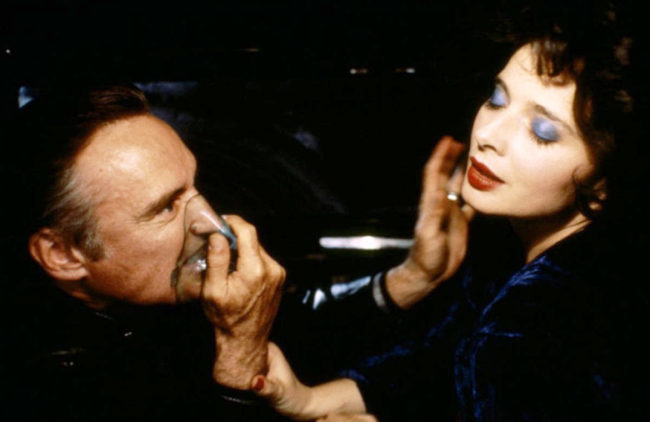
Dennis Hopper is amyl-nitrite-snorting Frank Booth, one of the most dangerous, repellent, and magnetic psychopaths ever to haunt the screen. David Lynch’s controversial masterpiece also stars Laura Dern, Kyle MacLachlan, Isabella Rossellini, and Dean Stockwell. TICKETS.
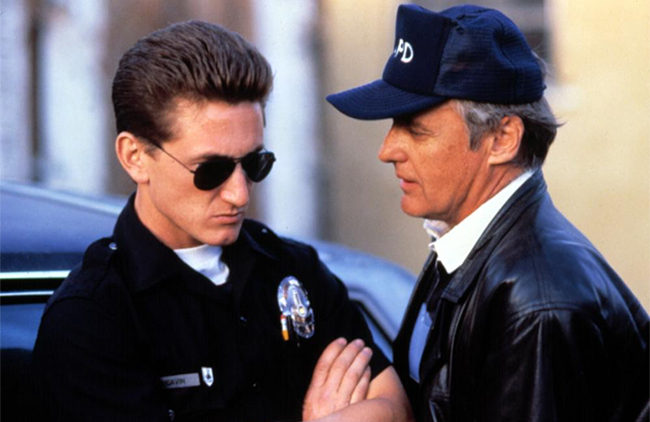
Directed by Dennis Hopper, COLORS stars Robert Duvall and Sean Penn as partners on the LAPD’s gang crime division. Efforts to establish a truce between the Crips and the Bloods are stymied by the gang members themselves and police brutality. María Conchita Alonso and Don Cheadle also star. TICKETS.
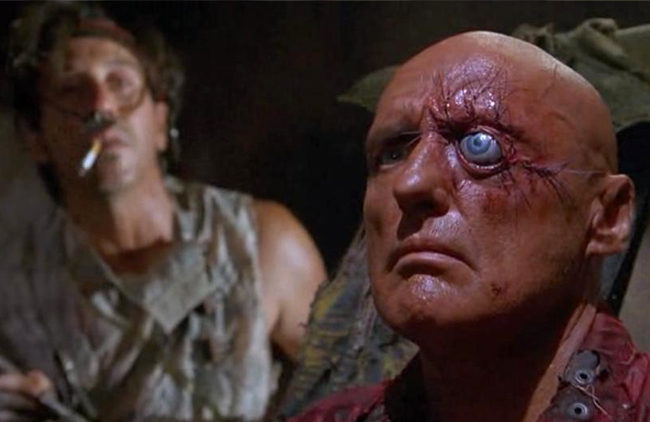
In a future where the polar ice caps have melted and Earth is almost entirely submerged, a mutated mariner (Kevin Costner) fights starvation and reluctantly helps a woman and a young girl. Dennis Hopper plays Deacon, the leader of the “Smokers,” who believes a map to dry land is tattooed on the young girl’s back. TICKETS.
There’s no screening on December 28th. In January, we invite you to Support Your Local P.T.A. with four of our favorite Paul Thomas Anderson movies! Remember to check www.laemmle.com/tbt for updates!
by Lamb L.
Big Sonia Q&A Schedule:
Music Hall, Beverly Hills
Friday 12/8 at 7:20pm: Directors Leah Warshawski and Todd Soliday
Saturday 12/9 at 2:30pm: Directors Leah Warshawski and Todd Soliday
Saturday 12/9 at 7:20pm: Director Todd Soliday
Town Center, Encino
Saturday 12/9 at 7:45pm: Director Leah Warshawski
Sunday 12/10 at 3:15pm: Directors Leah Warshawski and Todd Soliday
Sunday 12/10 at 7:45pm: Directors Leah Warshawski and Todd Soliday
Big Sonia praise:
“Poignant” —The New York Times
“It’s brilliant” —Film Journal International
“A stunning documentary” —Jeffrey Lyons, Lyons Den Radio, WCBS
“A film about history, how we carry it with us and why it matters” —Eye for Film
“An intimate and delicately measured documentary” —Slant Magazine
by Lamb L.
THE MOVIE OF MY LIFE director Selton Mello will participate in Q&A’s at the Music Hall after the 7:20 PM screenings on Wednesday and Thursday, November 29 and 30.
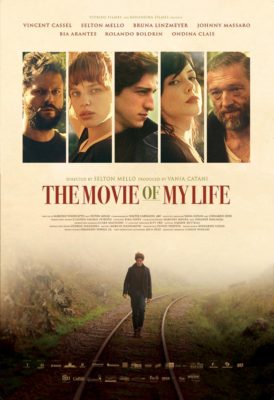
by Lamb L.
MACHINES director Rahul Jain will participate in Q&A’s at the Royal after the 11 AM screenings this Sunday, November 26.
by Lamb L.
‘1945’ Examines Postwar Angst in Hungary
BY TOM TUGEND | PUBLISHED NOV 17, 2017
An ancient train, belching black smoke, pulls into a station near an unnamed Hungarian village and out step two Orthodox Jews. Not losing a moment, the stationmaster sounds the alarm: “The Yids are coming!”
The year — and the title of the movie — is “1945,” a time when the inhabitants of the village and the rest of their countrymen have arrived at a junction in history and are unsure which path to follow.
While Hungary’s Holocaust-themed movie “Son of Saul” won the Academy Award for foreign-language film two years ago, exhibiting the full horror of the Shoah and its concentration camps, the postwar “1945” probes the potential for greed and selfishness in every human being.
“We are the third postwar generation,” director Ferenc Torok said in a phone interview from Budapest. “And a lot of people are asking what their parents and grandparents did during the world war.”
The film takes place in the middle of summer as the villagers till their fields, smoke and drink endlessly, and prepare for the wedding of the son of a domineering town clerk to a pretty peasant girl. Nazi Germany had surrendered two months earlier, in May, and while some Soviet troops have arrived, the Communist puppet government has not yet assumed power.
The two arriving Jews — the older clad in a black coat and hat and his adult son wearing a workman’s cap and clothing — unload two large trunks and hire a horse-drawn cart and its driver to carry their load for the hour-long trip to the village, while father and son follow behind on foot.
As the odd procession wends its way through the countryside, the stationmaster’s warning stokes the villagers’ fears that the survivors among their former Jewish neighbors now will demand the return of the houses, businesses and furniture they left behind when they were deported to concentration camps. That means the town clerk would no longer own the drug store and his wife could no longer glory in the beautiful rugs, dishes and silver menorah of the previous owner.
In the ensuing panic, some try to hide their ill-gotten gains, while others put their hopes in papers, signed by the pro-Nazi wartime government, “officially” transferring the abandoned homes and goods to the gentile neighbors.
When horse, cart and the “Yids” arrive at the village, women peek through shutters, the pharmacist tries to hide his tubes and bottles. Rumors spread that the trunks contain perfumes and beauty aids to sell to the village women.
Finally, the cart and two men arrive at the gates of the abandoned Jewish cemetery. The younger Jew, with a concentration camp number tattooed on his forearm, takes a key out of his pocket and opens the rusty gate, as a posse of hostile villagers gathers nearby. Inside the cemetery, father and son open the trunks and bury the unexpected contents. In the final scene, the two strangers re-board the train, their mission accomplished.
The result is a masterfully directed, acted and photographed movie, which again disproves predictions that the time of the Holocaust-themed movie has expired, even as the last eyewitnesses are dying.
Torok, who is not Jewish, said that part of the continued interest in a place like Hungary, whose Jewish population was decimated during the war, has to do with the fact that for many years while the nation was a Communist satellite, the subject of the Holocaust — and particularly the participation of many Hungarians in it — was taboo. The same applied to the collaboration of many Hungarians with Hitler’s regime, as German and Hungarian troops fought together in the invasions of Yugoslavia and the Soviet Union.
The film started as a short story by Hungarian Jewish writer Gabor T. Szanto, titled “Homecoming,” which won the Yad Vashem Avner Shalev Prize for best artistic representation of a Holocaust-related topic. Torok, relying on Szanto’s intimate knowledge of Jewish life and rituals, asked him also to write the screenplay.
In a separate phone interview, Szanto, editor of the Hungarian-Jewish magazine “Szombat” (Sabbath), made a number of observations on Hungarian Jewry, past but mostly present.
“The Holocaust is still the cornerstone of our thinking, not only for Hungary’s 80,000 Jews (compared with 450,000 before World War II) but to every other Nazi-occupied nation,” he said. “This film is really Europe’s story.”
In general, Hungarian Jews, like their American counterparts, tend to be liberals and left-leaning and they are concerned by their country’s political shift to the right, Szanto said. Among the worrisome signs is the growing strength of the nationalistic Jobbik party.
Another sign is the recent public poster campaign by the Hungarian government, depicting George Soros, a Hungarian-American and Jewish billionaire and philanthropist, as the mastermind of a massive of influx of illegal immigrants from the Middle East into Hungary.
“As a writer, I am a bit of an outsider and try to look at Hungary and its Jewish community realistically,” Szanto said. “We have many problems, but I don’t think they can be solved by ideologies. We can believe in ideals, but our solutions must be realistic. You can’t change human nature.”
“1945” begins screening on Nov. 25 at Laemmle’s Royal Theatre in West Los Angeles, Playhouse 7 in Pasadena and Town Center in Encino, as well as Westpark 8 in Irvine. On Dec. 8, the film will open at the Laemmle’s Claremont 5 in Claremont.
© Copyright 2017 Tribe Media Corp
by Lamb L.
THE MOVIE OF MY LIFE director-actor Selton Mello will participate in Q&A’s at the Music Hall following the 7:20 PM screenings on Friday and Saturday, November 24 and 25, and Monday, November 27.
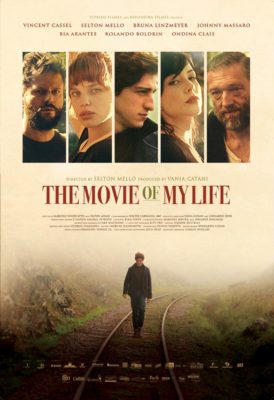
by Lamb L.
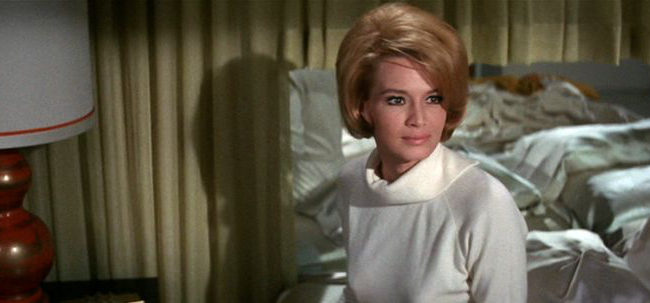 Laemmle Theatres and the Anniversary Classics Series present a screening of the influential and imaginative 1967 thriller, John Boorman’s POINT BLANK. Co-star Angie Dickinson will participate in a Q&A after the screen film.
Laemmle Theatres and the Anniversary Classics Series present a screening of the influential and imaginative 1967 thriller, John Boorman’s POINT BLANK. Co-star Angie Dickinson will participate in a Q&A after the screen film.
POINT BLANK screens at 7:30pm on Tuesday, December 5th at the Ahrya Fine Arts theater in Beverly Hills. Presented digitally. Click here to purchase tickets.
Later critics described POINT BLANK as a blend of the style of classic film noir and the technical innovations of the French New Wave. Oscar winner Lee Marvin stars as a man seeking revenge against a former business partner, who double crossed him, stole his wife and left him for dead during a robbery at the deserted prison of Alcatraz.
Marvin’s Walker (no first name) tracks them both to Los Angeles, which has been brilliantly photographed by Boorman and cinematographer Philip H. Lathrop. The screenplay was written by Alexander Jacobs, David and Rafe Newhouse, from a novel by Richard Stark (Donald E. Westlake).
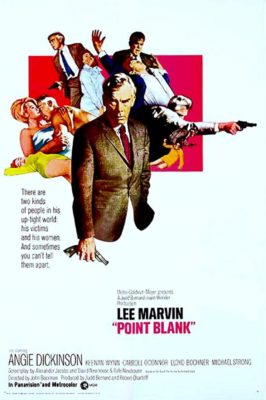 Jacobs and Boorman were both British filmmakers who were stimulated by Los Angeles in the 1960s, and they made the most of archetypal settings like a hilltop house, a sprawling car lot, a frenetic disco, and the eerie storm drains along the Los Angeles River. The film crew was also the first ever to be allowed to film at Alcatraz, which had closed in 1963.
Jacobs and Boorman were both British filmmakers who were stimulated by Los Angeles in the 1960s, and they made the most of archetypal settings like a hilltop house, a sprawling car lot, a frenetic disco, and the eerie storm drains along the Los Angeles River. The film crew was also the first ever to be allowed to film at Alcatraz, which had closed in 1963.
Although the film scored at the box office, it was critically underrated at the time. As Leonard Maltin wrote years later, Point Blank is a “taut thriller, ignored in 1967, but now regarded as a top film of the decade.”
Indeed it was selected for preservation by the National Film Registry in 2016 and had a strong influence on later filmmakers, including Steven Soderbergh and Michael Mann. Philip French, writing in the London Observer, called it “a landmark in the history of the crime movie.”
Angie Dickinson, John Vernon, Carroll O’Connor, and Keenan Wynn co-star. The haunting music was composed by Johnny Mandel.
Angie Dickinson was our very first guest when we launched our Anniversary Classics series four years ago. She appeared at a screening of her 1963 hit, Captain Newman, M.D., in which she starred with Gregory Peck and Tony Curtis.
Her many other memorable films include Howard Hawks’ Rio Bravo; the original Ocean’s Eleven with the Rat Pack; Don Siegel’s The Killers, in which she also co-starred with Marvin, along with John Cassavetes and future President Ronald Reagan in his last feature film; Arthur Penn’s The Chase, in which she played opposite Marlon Brando; and Brian De Palma’s Dressed to Kill.
Dickinson also starred in the immensely popular TV series, Police Woman, during the 1970s, and was one of Johnny Carson’s favorite guests on his nightly talk show.
Click here for tickets.
